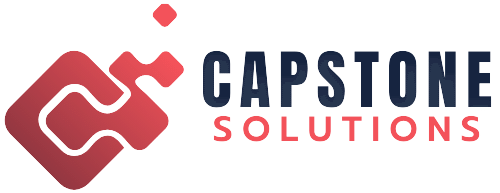Manpower solutions sought by businesses across the UAE can be for multiple reasons be it for permanent staffing or project-based recruiting. For any role that manpower is required in a business, talented individuals should be hired for a successful project and the growth of the business.
The best way of hiring high-quality manpower solutions in the UAE is by hiring recruitment agencies. So, let us look at the top 5 benefits of hiring recruitment agencies for manpower solutions in the UAE.
Benefits of Recruitment Agencies for Manpower Solutions
- Faster Recruitment
Hiring large numbers of manpower is difficult, especially when the business requires manpower solutions urgently. Recruitment agencies have a large network of potential candidates who are searching for a business that will hire them, making the recruitment process for manpower solutions faster.
- Less Costly Recruitment
Recruitment is an expensive process as conducting interviews and posting ads regarding vacancies costs businesses a lot of money. A recruitment agency does not require much advertisement costs while having a more affordable cost for interviewing than conducting interviews for manpower solutions yourself.
- High-Quality Manpower Solutions
Finding manpower solutions for a UAE business is a hard task as finding the best candidates for the job requires a lot of searching and testing of employees which puts a major burden on a business. Recruitment agencies are full of experienced professionals in the labor market of the UAE, allowing them to find high-quality manpower solutions much more efficiently.
- Conduct the Recruitment Process Themselves
Posting advertisements, conducting interviews, and other activities for recruitment prevent businesses from focusing on their core activities. Recruitment agencies can handle the entire process of recruitment all by themselves and require no input from the business itself, allowing businesses to allocate their limited resources elsewhere.
- Good Negotiation Skills
To get the best results from a project, businesses in the UAE must properly negotiate terms of service during their search for manpower solutions in the UAE. Recruitment agencies are full of experts who are well versed in the art of negotiation and can provide businesses with favorable terms from the manpower solution that is hired by the business.
Looking for a Recruitment Agency for Manpower Solutions in the UAE? Contact Capstone Solutions Now
Getting high-quality manpower solutions becomes very easy with the assistance of a reliable recruitment agency. So, if you are in search of a reliable recruitment agency for manpower solutions in the UAE, contact Capstone Solutions today.











